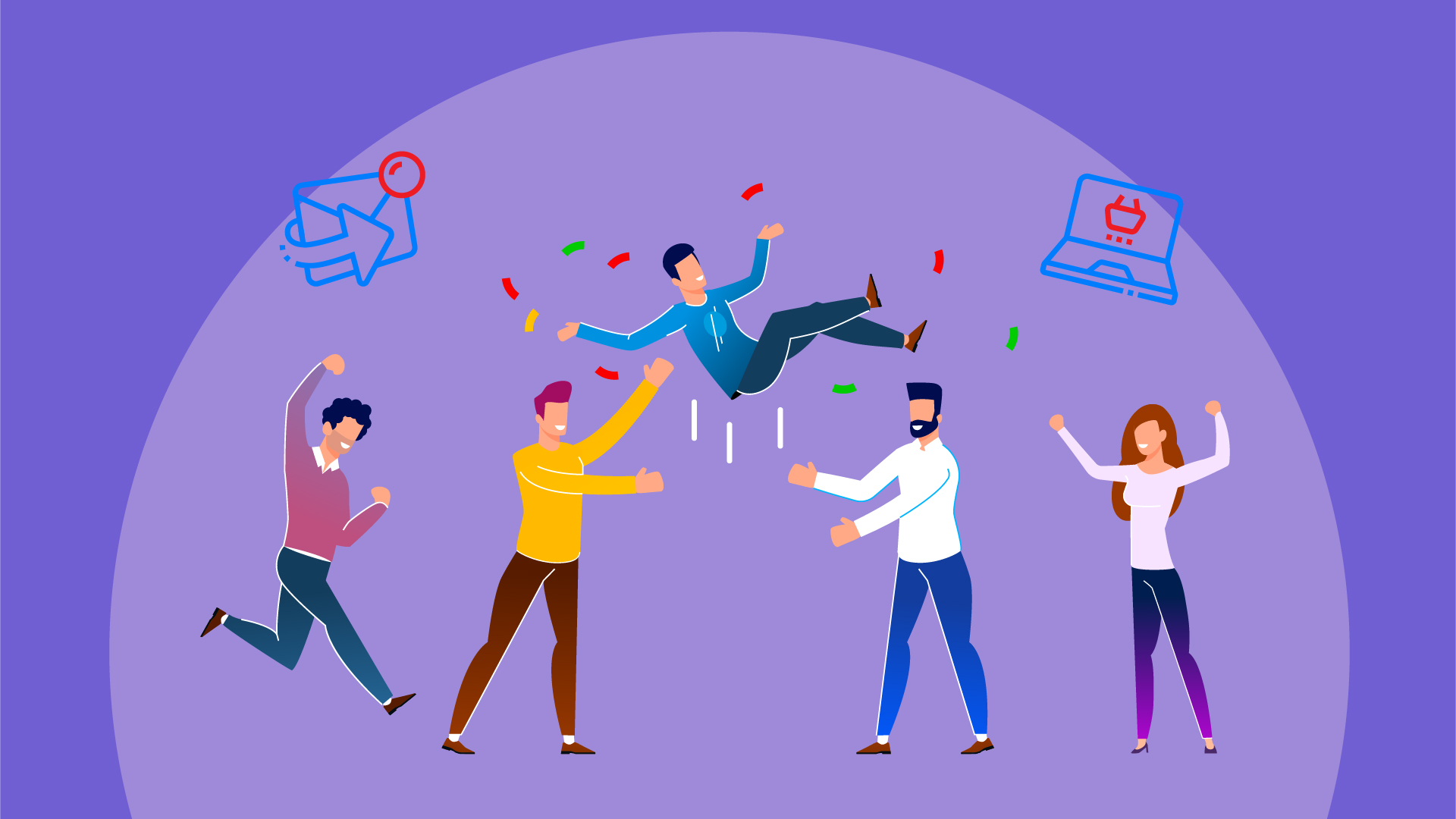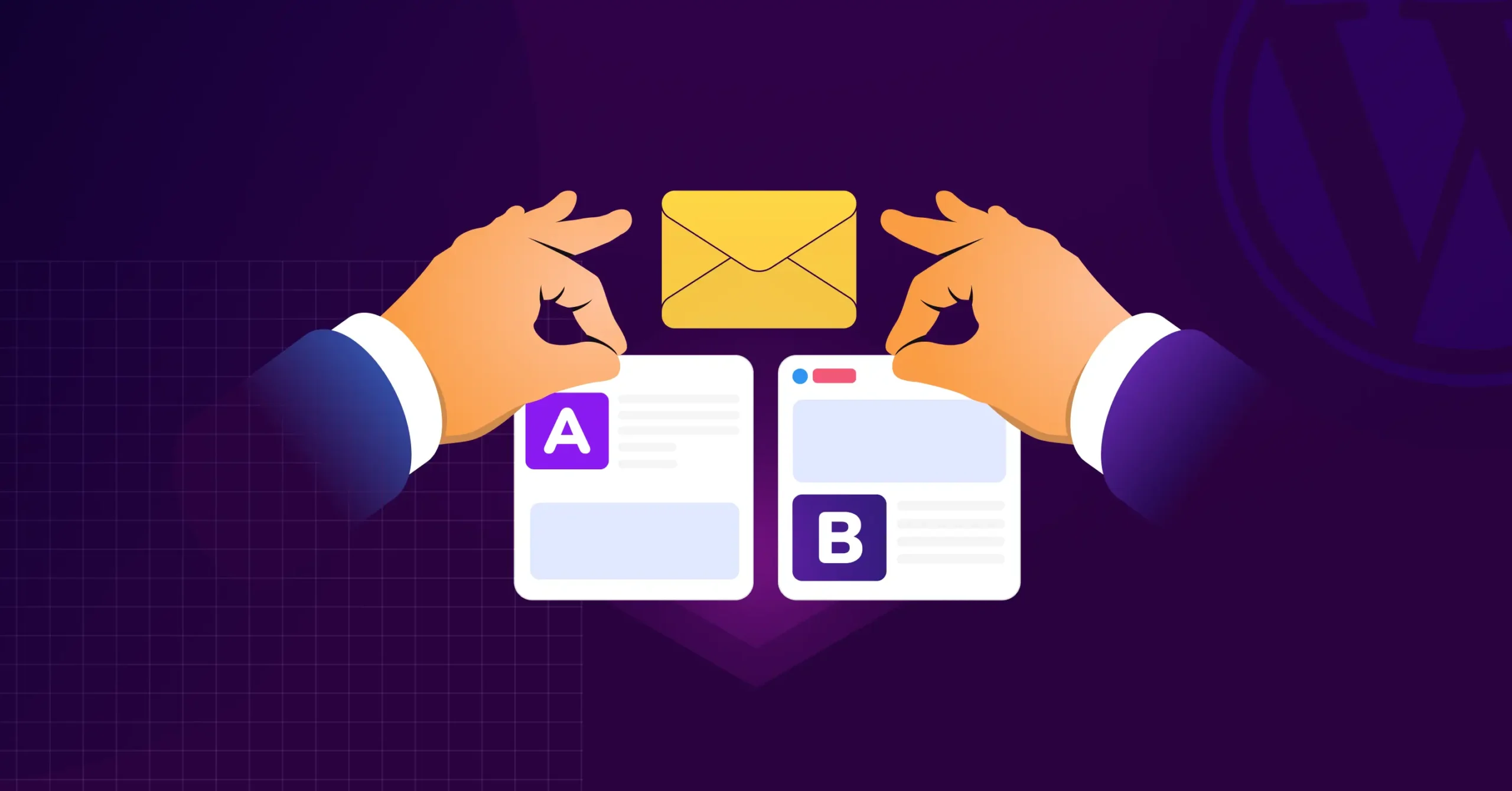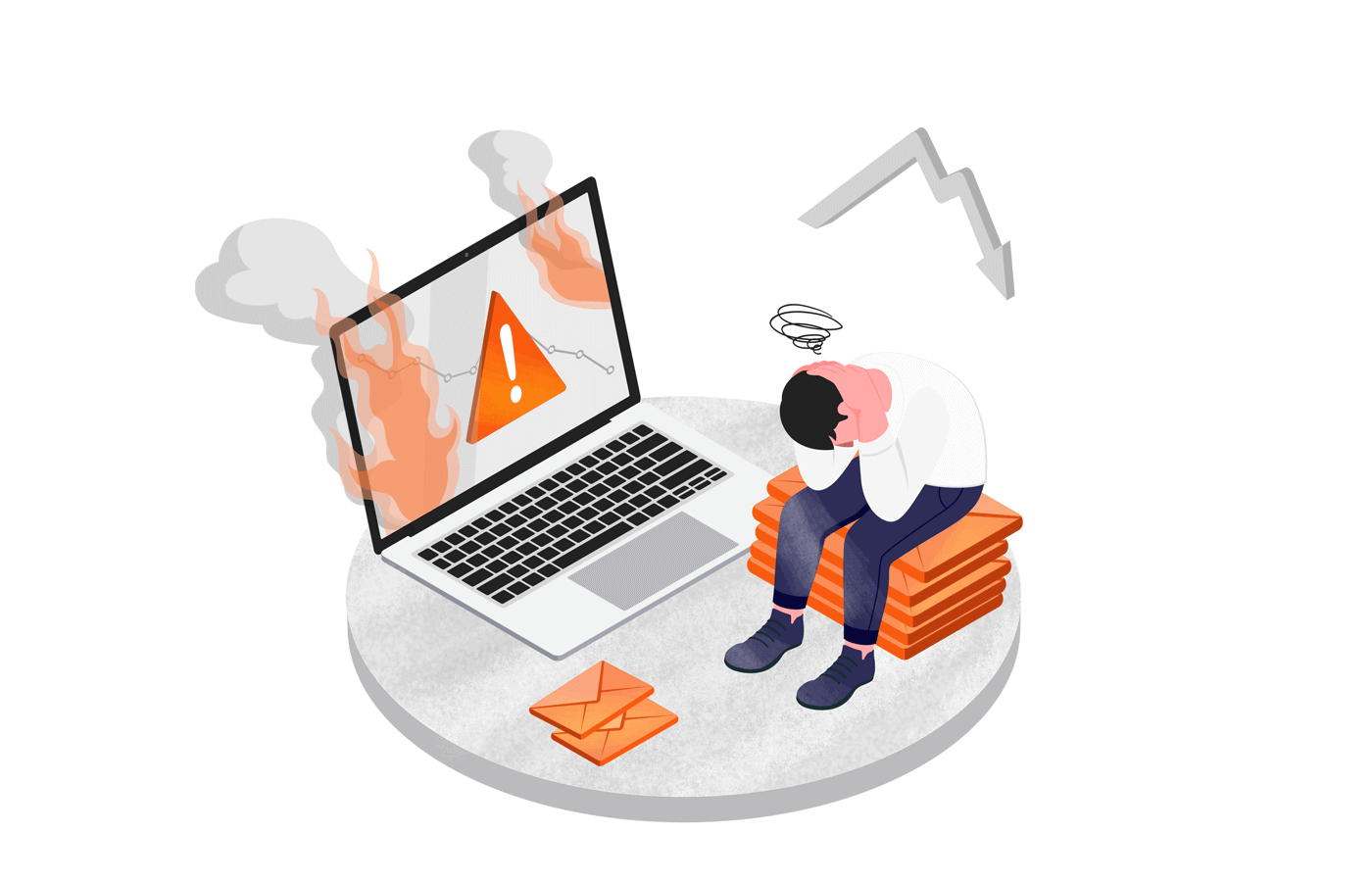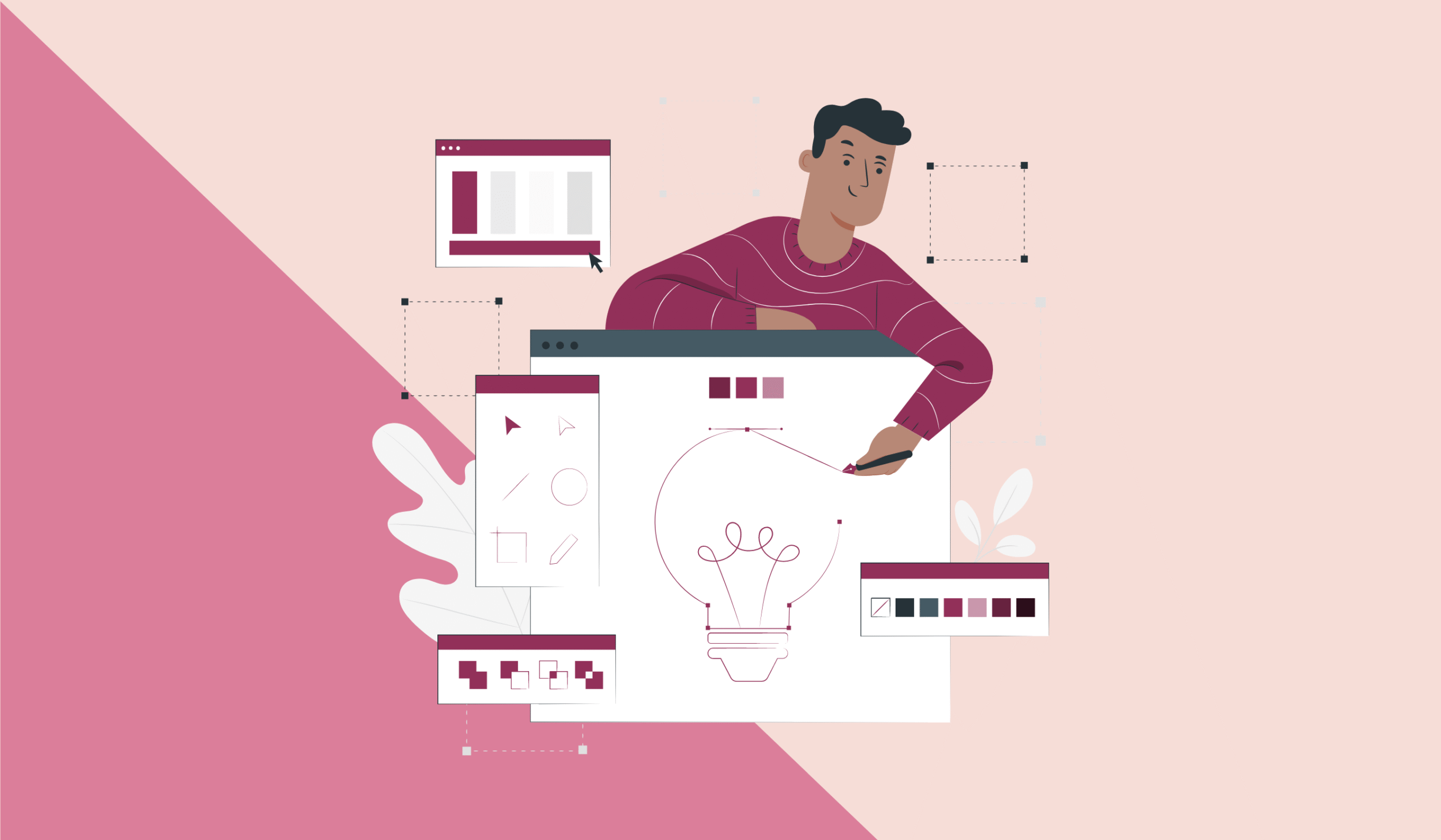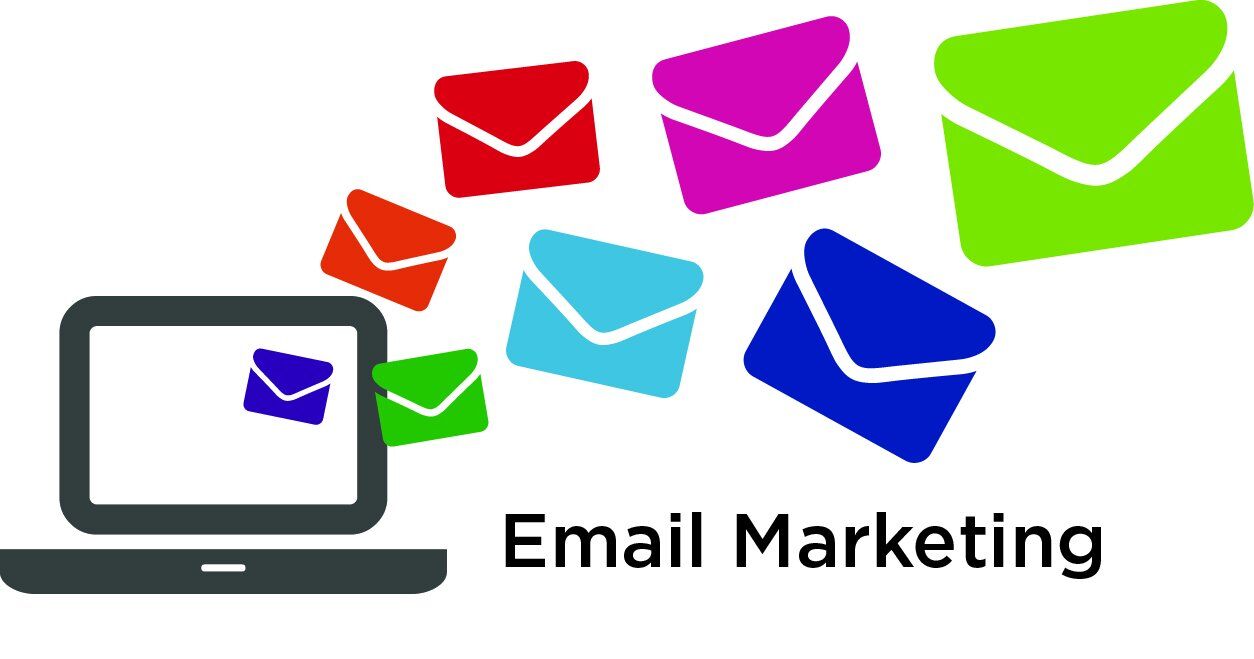Freelancer Paul Jarvis shares insights on using Mailchimp’s automation features to improve business efficiency and client relationships.
At first glance, “automation” might bring to mind robotic arms in factories or impersonal, mass-sent emails. But in marketing, automation means taking repetitive tasks off your plate with targeted, on-brand processes. Two of the best things to automate in an agency or freelance business are client onboarding and staying in touch with previous clients.
Automating doesn’t mean losing your brand’s unique human touch. Instead, it allows you to scale your voice and spend more time on great projects, while letting automation handle lead vetting and client follow-up.
Automating Client Onboarding
Here’s an example of how onboarding automation can work for your business:
A potential client visits your website and is interested in learning more. They enter their name and email into a form, triggering an automated Mailchimp sequence.
The first email introduces who you are, what you do, and the types of projects you take on. You can include testimonials, a PDF, or a video to showcase your brand. At the end, you ask if they’re interested in working together through a simple survey.
If they indicate interest, you send a follow-up email with a link to your contact page or booking calendar to schedule a call.
If they don’t book, you can send a reminder email after a few days to encourage them to take the next step.
Keeping in Touch with Past Clients
Repeat clients are valuable because you already have an established relationship. But many freelancers and agencies lose touch after completing a project, missing chances for future work.
Automation can help you stay connected with past clients easily.
An example sequence could be:
- Add the client’s email to a Mailchimp group for follow-up.
- Trigger an automation when someone joins that group.
- Send a personalized, plain-text email checking in 4–8 weeks after project completion.
- Continue sending follow-up emails every few months, politely asking if they need help with anything else.
- Include an option in your email footer for clients to opt out of these follow-ups without unsubscribing from your main list.
Avoiding Feast-or-Famine Cycles
Automation lets you inject your personality into repetitive tasks while ensuring clients and leads get the information they need on time. This smooths out business fluctuations and keeps your services top of mind.
Leave the robots to make widgets — and use automation to add human connection without extra effort.
